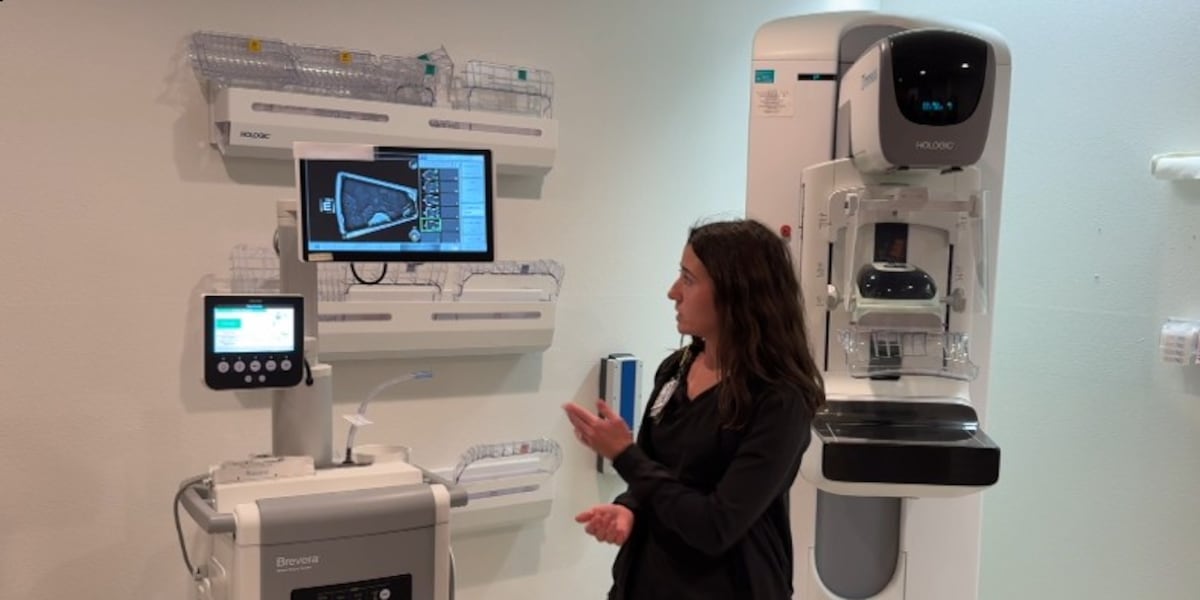Architects' Skills Remain Essential: Technology as a Tool, Not a Replacement - Expert Opinion

Architects' Expertise Endures in the Age of Technology
Recent advancements in technology, particularly in areas like AI and Building Information Modeling (BIM), have sparked concerns about the future of various professions. Will technology eventually replace human expertise? When it comes to architecture, the answer, according to Mrs. Adaku Oguamanam, Secretary General of the Nigerian Institute of Architecture (NIA), Lagos State Chapter, is a resounding no.
Mrs. Oguamanam firmly believes that technology should be viewed as a powerful tool to augment, rather than replace, the skills and creativity of architects. She addresses the growing anxieties surrounding automation and its potential impact on architectural roles, emphasizing the irreplaceable value of human ingenuity, critical thinking, and nuanced understanding of client needs and cultural context.
The Human Element in Architectural Design
“Architecture is far more than just drawing lines and creating blueprints,” Mrs. Oguamanam explains. “It’s about understanding the human experience, responding to societal needs, and creating spaces that are not only functional but also aesthetically pleasing and culturally relevant. A machine, no matter how sophisticated, cannot replicate the empathy and intuitive decision-making that architects bring to the table.”
She highlights the importance of architects' ability to interpret client visions, navigate complex regulatory frameworks, and collaborate effectively with engineers, contractors, and other stakeholders. These are skills that require a level of emotional intelligence and interpersonal expertise that current technology simply cannot match.
Technology as an Enabler
Instead of fearing obsolescence, architects should embrace technology as an enabler. BIM software, for example, allows for more efficient design processes, enhanced visualization, and improved collaboration. AI can assist with repetitive tasks, freeing up architects to focus on the more creative and strategic aspects of their work. However, Mrs. Oguamanam stresses that technology is merely a tool; it’s the architect’s skill and vision that ultimately shape the final product.
Future-Proofing Architectural Careers
To thrive in the evolving landscape, architects need to adapt and upskill. This includes developing proficiency in BIM and other relevant software, but also cultivating essential soft skills such as communication, problem-solving, and leadership. Continuous learning and a willingness to embrace new technologies will be crucial for architects to remain competitive and relevant in the years to come.
A Positive Outlook
Mrs. Oguamanam’s perspective offers reassurance to architects and underscores the enduring importance of their profession. The future of architecture is not one of replacement, but of collaboration – a partnership between human creativity and technological innovation. By embracing technology as a tool and honing their core skills, architects can continue to shape the built environment for generations to come.






